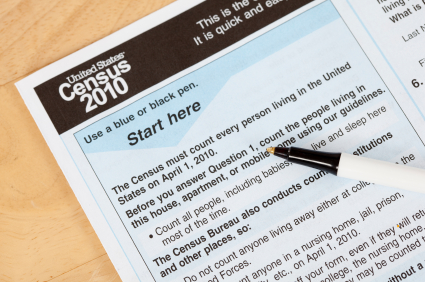Hispanic presence jumps 34%; California (3 million), Nevada (82%) are major gainers
The combined Hispanic population in the nation’s six Southwestern states soared by 34% between 2000 and 2010, growing by 7.3 million to 28.1 million.
In raw numbers, California accounted for the greatest increase, adding more than 3 million Latinos to magnify the influence of their presence to slightly more than 14 million. Nevada produced the largest percentage growth, 82%. It shot up from 393,970 Hispanics in 2000 to 716,501 a decade later.

(©iStockPhoto/Blackwaterimages)
National Association of Latino Elected and Appointed Officials Educational Fund executive director Arturo Vargas emphasizes the growth in Latino numbers is fueling a surge in states which will gain seats in the U.S. House of Representatives.
The NALEO review shows that the Latino increases contributed significantly to the overall population boom in such states as Texas, Florida, Arizona and Nevada.
“This growth is reshaping the political geography in states that are gaining congressional seats. Even in states such as California, Illinois or New York, which are not gaining or are losing seats, the increase in Latino numbers has helped minimize congressional losses,” Vargas points out.
The new Census 2010 data is determining the number of congressional seats for each state that will be in play in the 2012 election.
In recent weeks, the Census Bureau has been releasing the data that states will be using to draw district lines on a rolling basis.
“The redistricting will map the future of our representative democracy for the next ten years. Those who are responsible for drawing district lines must recognize the growth of the Latino population, and new maps must ensure that Latinos can choose their elected
leaders,” Vargas explains. “The Voting Rights Act of 1965 prohibits states from creating districts that may dilute and or divide the votes of Latinos and other under-represented groups.
“We are calling on all states to comply strictly with the VRA requirements,” Vargas says.
“While we will not know the actual size of the nation’s Latino population until early next year, today’s numbers suggest that Latinos across the United States placed a high priority on being counted in the 2010 Census and of being full participants in the American political process.
“It is now time to make sure that Latinos can embrace the opportunity to translate those Census numbers into full and fair representation.”
Nevada has never been represented in Congress by a Hispanic, but with its population increase, in 2012 it could happen.
_____
Editor’s note: This column was previously published on Hispanic Link News Service.

